Learn how to screen print with white ink – or else!
Most new screen printers are surprised by how challenging it is to print white inks.
Everyone loves to print dark inks on white garments. It’s easy!
But customers love a bold white print on a dark black shirt. Even a simple one-color white print can present some challenges – white ink is more difficult to work with than other types of ink.
Moreover – controlling white ink is key to getting great prints. If you can control your white ink, you can control colors too.
We’ll walk through different types of white ink, what you need to know about white ink to control your prints, and how to get better looking and feeling screen prints with white ink.
What you need to know about white ink
White inks are the thickest inks. This is what makes them so difficult to work with!
Why are white inks so thick? Because the particles used in white inks are the largest.
When you screen print, you’re forcing the ink through a thin mesh screen. Since white ink is thicker, it’s more difficult to achieve a uniform application – and lots of other problems can arise.
Different types of white inks
There are three primary types of white plastisol ink for screen printing. Each has different uses for different types of t-shirts and garments.
Low-bleed
Low-bleed white inks are designed to avoid bleeding through garments.
This can be important for printing on tri-blends and 50/50 cotton/poly blend garments.
Low-bleed white inks adhere only to the outside of the garment and do not leak through the fibers to the other side. Low-bleed inks often have a heavier body than inks designed for cotton fabric.
Cotton
White inks that have been specially formulated for 100% cotton garments. These inks typically have a very smooth and creamy consistency. They can be used on high-mesh screens.
However, cotton white inks typically have little to no bleed resistance.
Polyester and Nylon
White inks for printing on polyester (i.e. athletic garments) and nylon (backpacks, etc.).
Polyester inks have the highest bleed resistance, but must be printed through a low mesh count (less than 110). This type of ink can be used for garments that will almost certainly bleed.
Nylon inks have a glossy finish, are designed for 100% nylon substrates, and have zero bleed resistance.
Tricks and tips for screen printing with white ink
First, always read the manufacturer’s directions. Screen printing ink manufacturers like Rutland outline the ideal garments, techniques, and conditions for high-quality results with their ink. Read it! You may learn something and prevent a disaster in your shop.
Second, your mesh count determines a lot of your print quality. You may have to experiment with higher or lower mesh counts to achieve the best print with white ink. Always check that your mesh count makes sense for the artwork and garment you’re trying to print, but particularly so with white inks.
Third, think hard about your screens. Specifically your emulsion application and exposure time. How you coat your screens with emulsion, how you expose your screens, and whether or not you post-expose your screens (hint: always post expose!) determines whether you’ll get a clean ink deposit and crisp edges…or a spotty print with blurred lines.
Hint: do you know what emulsion over mesh means? It’s vital for good prints with any color ink.
Mix your white ink
Remember: white ink is thick.
The more viscous (or flowing) you can make it, the better it will print. Always mix your white ink before you use it.
Ideally, you’ll have a mixing blade and a drill – or better yet a screen printing ink mixing machine.
Mix your ink for 1-3 minutes until it is smooth, creamy, and flowing. Be sure to mix every part of your ink and mix it each time you use it.
Use additives
Thicken it? Reduce coverage? Thin it down? You can use different additives to achieve the white ink you need. Additives are a powerful way to change the consistency and quality of your inks.
Don’t be afraid to “step on” (use additives on) your ink. For example, we use 5% Reducer – by default – on our white inks.
Use a warm platen
If your ink is mixed and appropriately prepared, a warm platen will make printing even easier.
Preheat your flash unit and hit your platens with it before you print. This adds heat into the ink, reducing the body.
Use the right squeegee durometer
This comes down to experimentation and experience (as well as personal preference), but your squeegee durometer (or hardness) can determine how well your print comes out.
Squeegee durometer determines how much ink passes through your screen’s mesh.
Harder durometer squeegees lay down less ink, while softer durometers lay down more.
Make sure your off-contact is correct
If the off-contact isn’t correct, you’ll get a “stucco” appearance. The ink will peel off of the shirt.
A good rule of thumb for off-contact is one nickel’s thickness over the shirt. That’s just a starting point, but a good general practice.
Use a smoothing screen for a softer print
Finally, you can use a smoothing screen.
A smoothing screen is essentially a blank screen – and a roller or squeegee is used to go over the print before it’s cured.
This simple trick can dramatically improve the way your prints feel!
Note: Softer screen prints typically require a smoothing screen – or the use of water based ink.
The basics for a great white print
To make a great white screen print, you need to control the fundamentals:
- A good screen, with the correct mesh count.
- Emulsion that has been applied and dried correctly, with the correct emulsion over mesh.
- Adequate off-contact (space between the screen and the substrate).
- Which additives you use to modify your ink’s characteristics.
- The correct white ink for the substrate.
- Knowledge of and control over the basic variables in your shop.
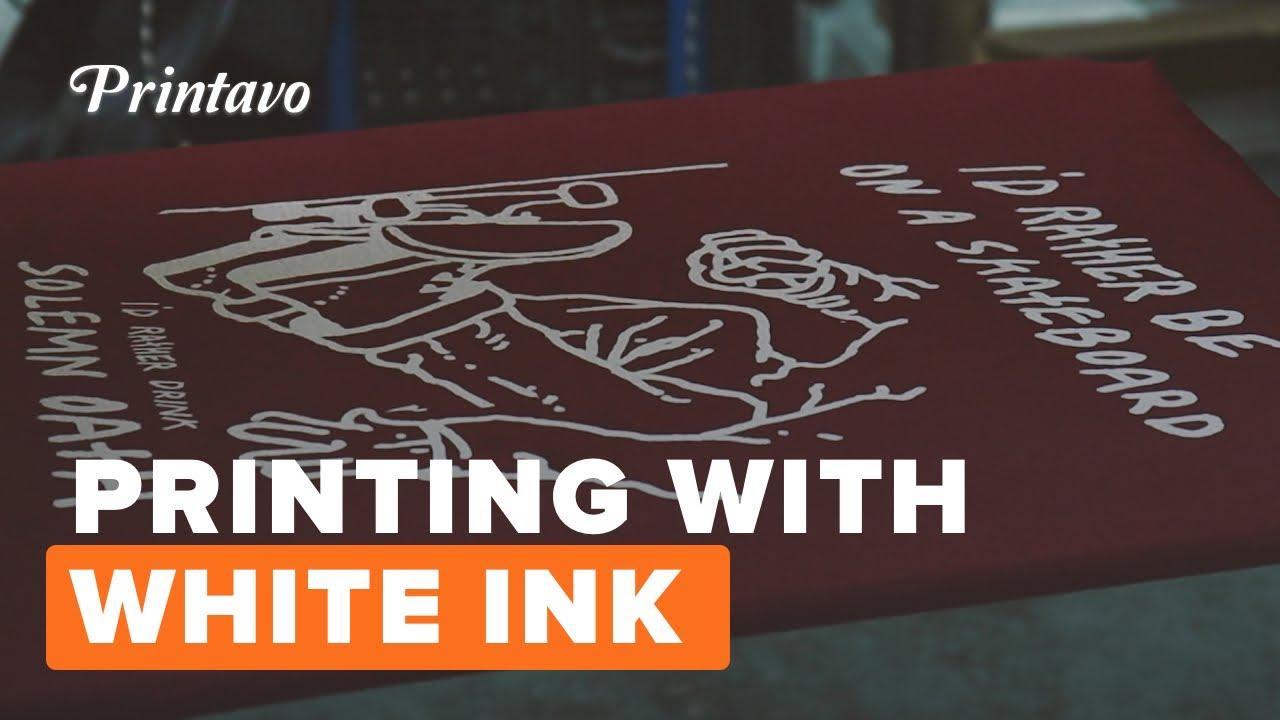
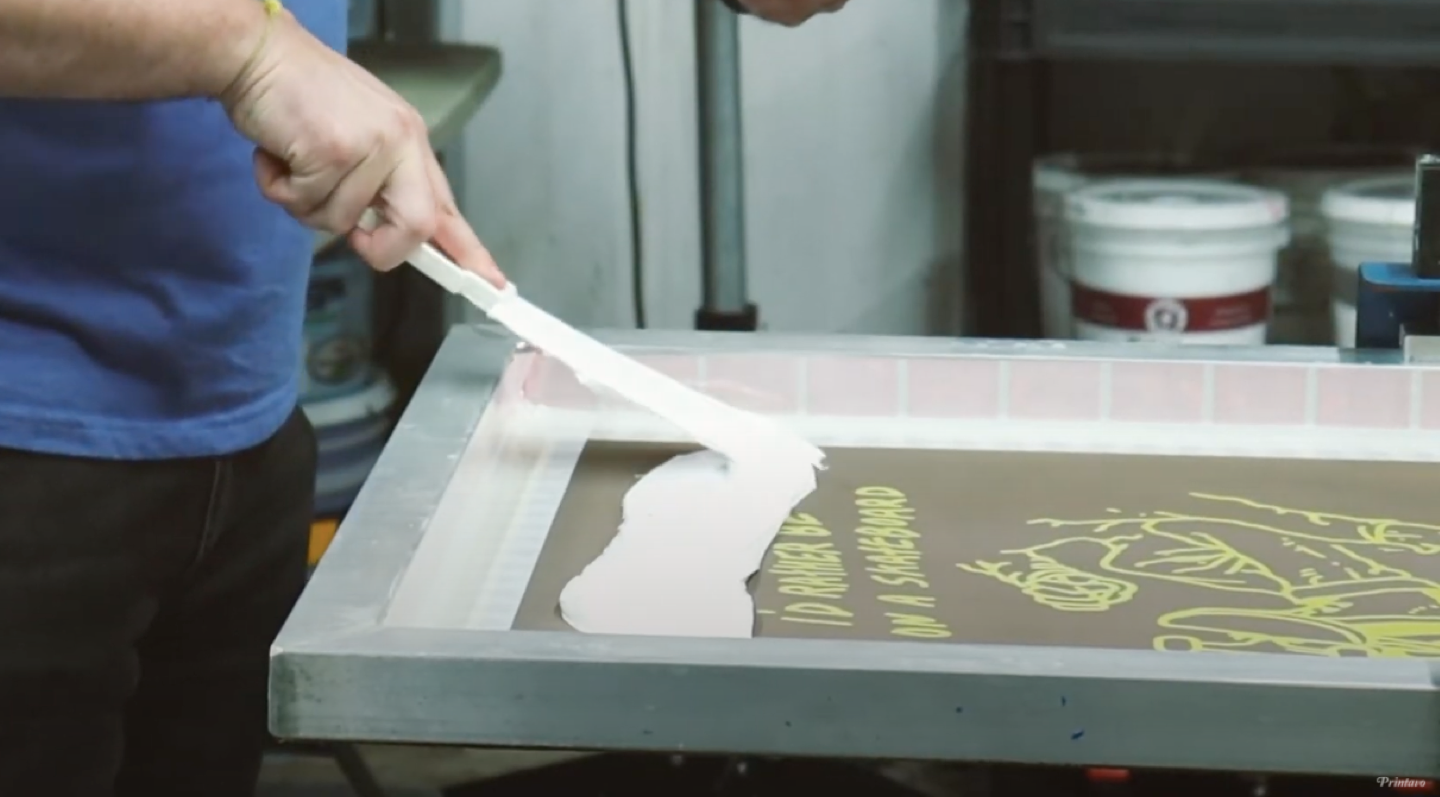
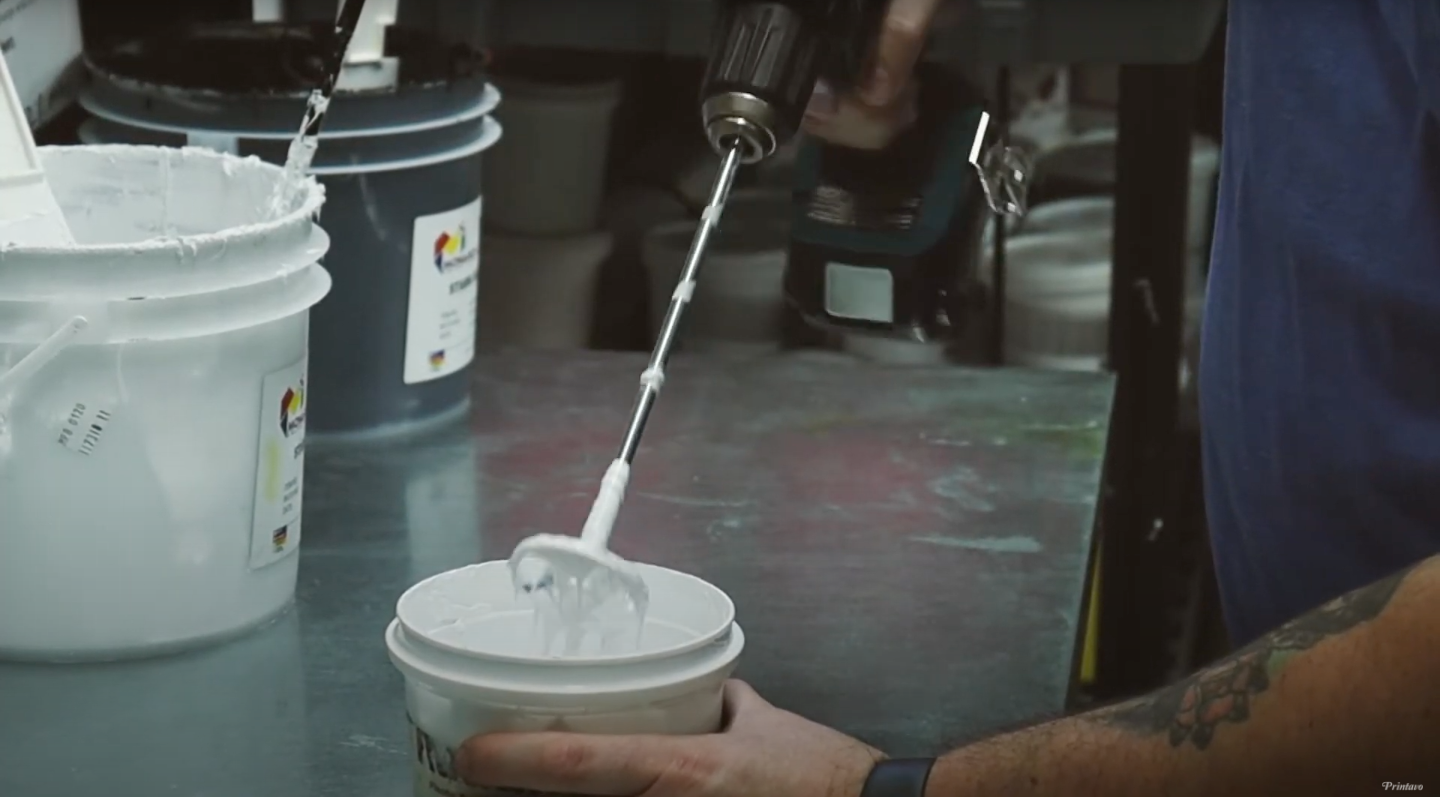
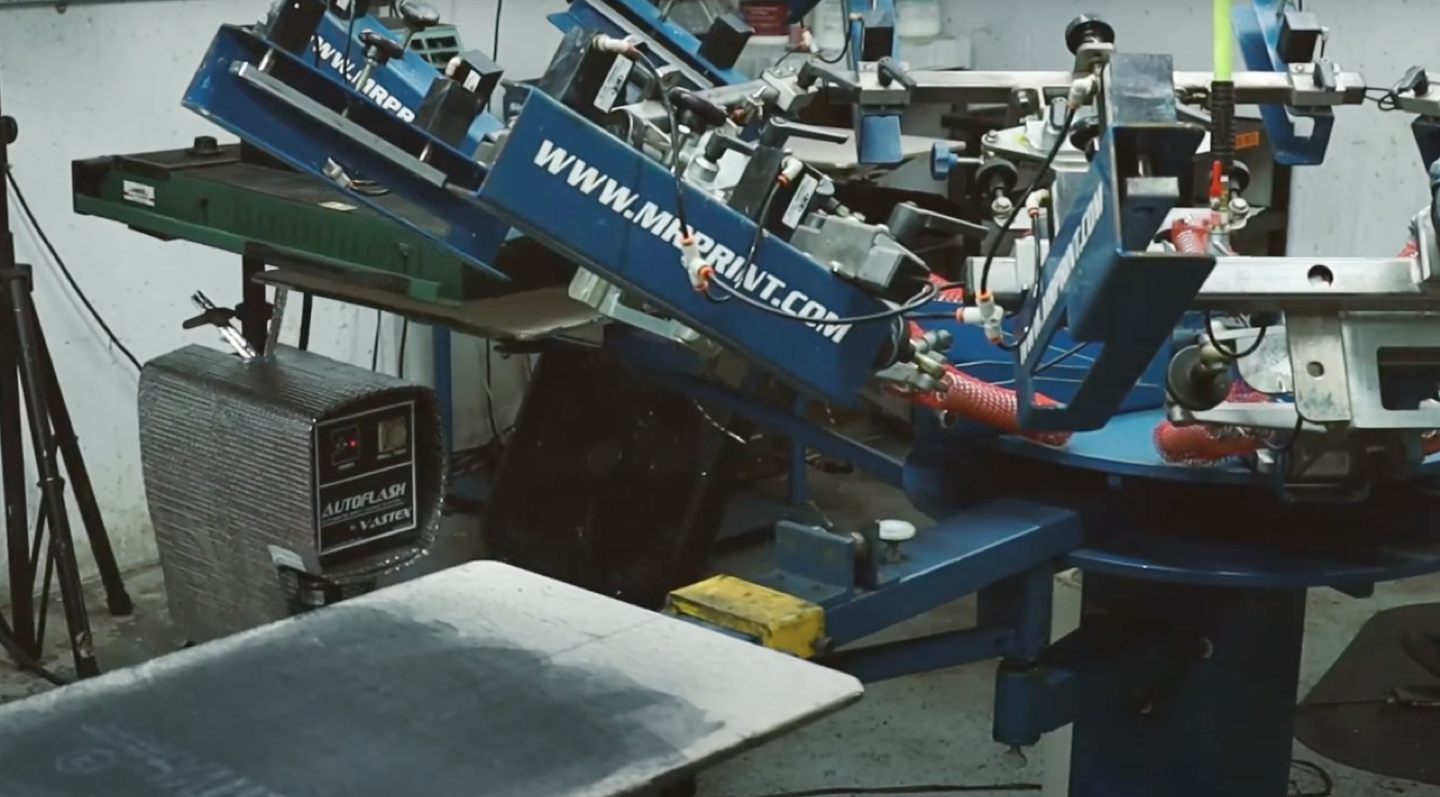
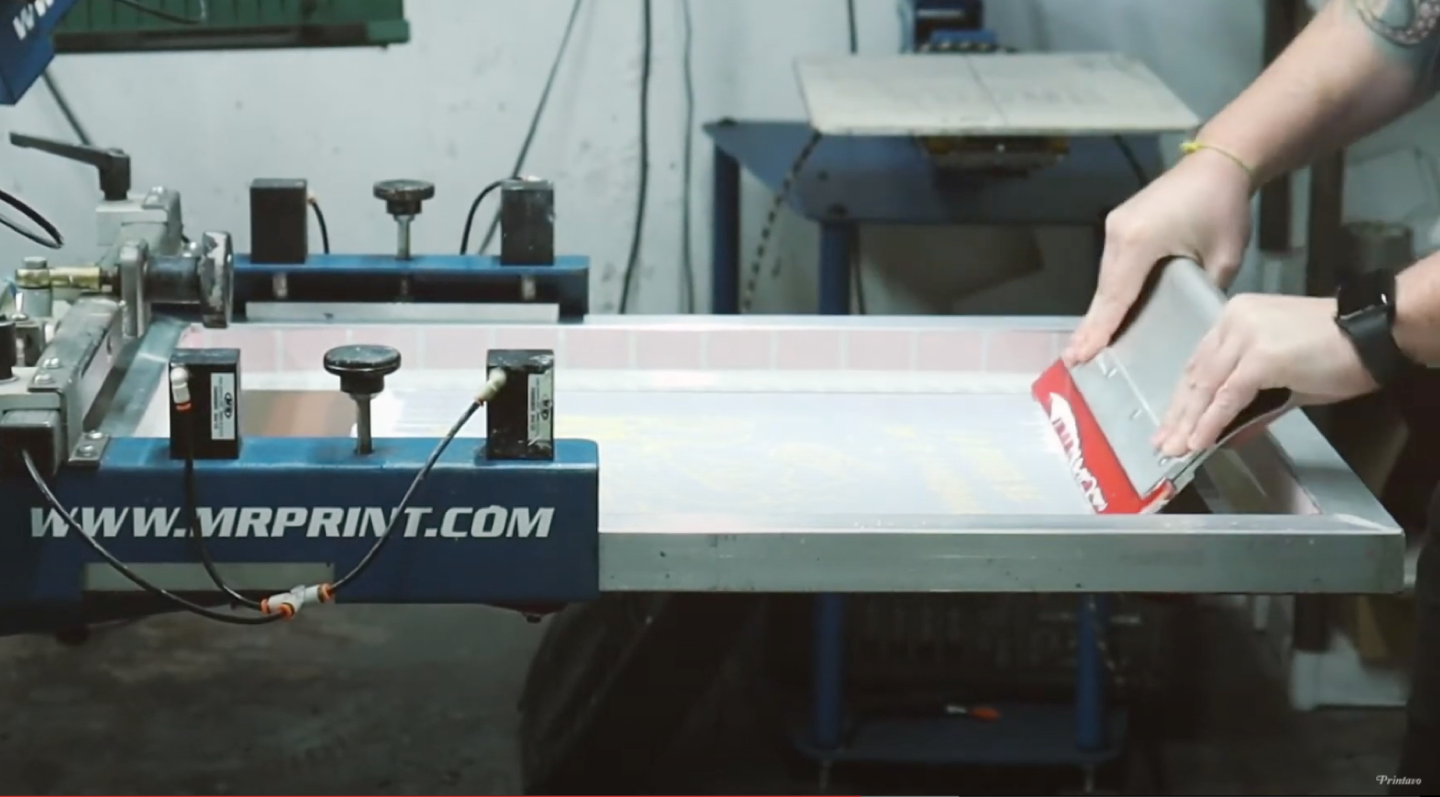


0 Comments